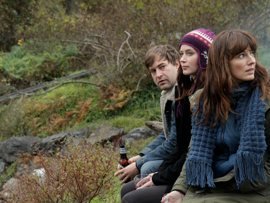Web exclusive
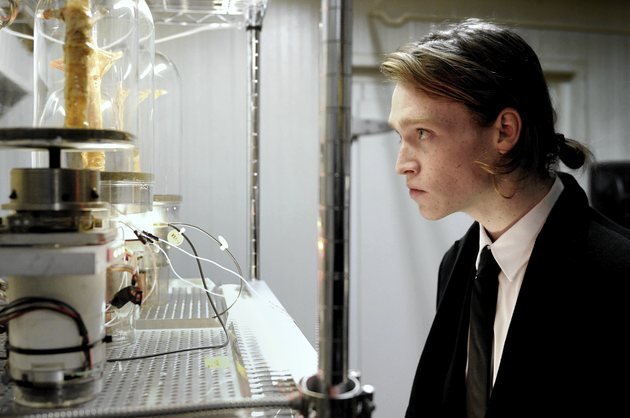
Antiviral
LFF director Clare Stewart’s redesign of the festival into thematic strands is of course somewhat arbitrary, and none more so than the Cult section – the camper-van serial-killers in Ben Wheatley’s Sightseers belong here at least as much as in ‘Laugh’, for instance. But some of these films do have the careless provocation and pulpy vigour of the authentic cult item, which festivals tend to be short of.
David Cronenberg is a director who once guaranteed such pleasures. Stepping out of the cinema into Soho’s neon after seeing his Videodrome (1983) with some of its wobbly sense of reality still disorienting me is a memory I cherish. It takes nerve for his son Brandon to confront his heritage head-on by taking over Dad’s abandoned body-horror franchise, as he does in his writing-directing debut Antiviral, a sci-fi satire of celebrity culture that’s bursting with literate ideas.
Its basic concept has pallid Syd March (Caleb Landry Jones) working in the antiseptic white Lucas Clinic, where fans wishing for intimate connection to the famous are injected with their diseases. It’s the implications Cronenberg spins from this which impress: butchers selling steaks grown from celebrity cell gardens, and a celebrity’s anus as a tote-bag design. There are copious, queasy images of injections, and close-ups so tight you see a pupil contract. A final shot of Syd nuzzling up to the vaginal slit of a sliced undead arm to suck its black blood could be a Videodrome out-take.
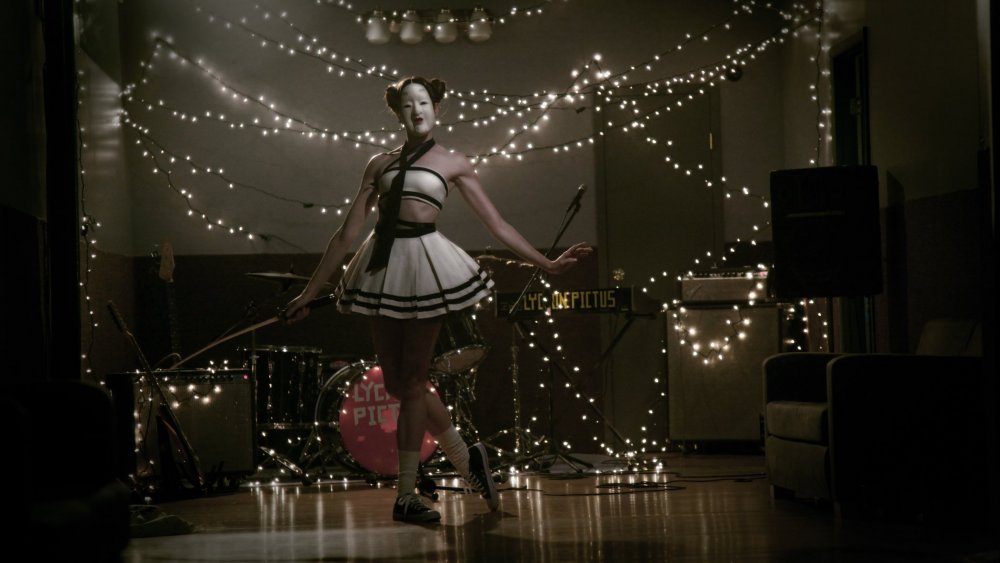
Girls Against Boys
Austin Chick’s rape-revenge film Girls Against Boys promised a deliberate dose of confrontation and notoriety – Chick has mentioned Gaspar Noé as an inspiration – and I braced myself for a rough watch. Chick, though, goes in the opposite direction by eliding his sub-genre’s problematic, almost inevitably exploitative rape scene, here a blurred long-shot faded to black. The film is realist to this point and precisely evokes New York nights out – the camera hazing out of focus as close-up bodies swirl to hammering techno, and alcohol fuzzes the mind.
The rape victim, Shae (Danielle Panabaker), is then led on a revenge rampage against even minor male infractions by Lulu (Nicole LaLiberte), a one-woman Society for Cutting Up Men (literally: the rapist’s feet are sawn off). But this all takes place in a far more gentrified New York than that of Abel Ferrara’s similarly themed Ms. 45, and the film too feels blunted and polite. You’d have to be still snorting indignation at Thelma & Louise to be bothered by anything here.
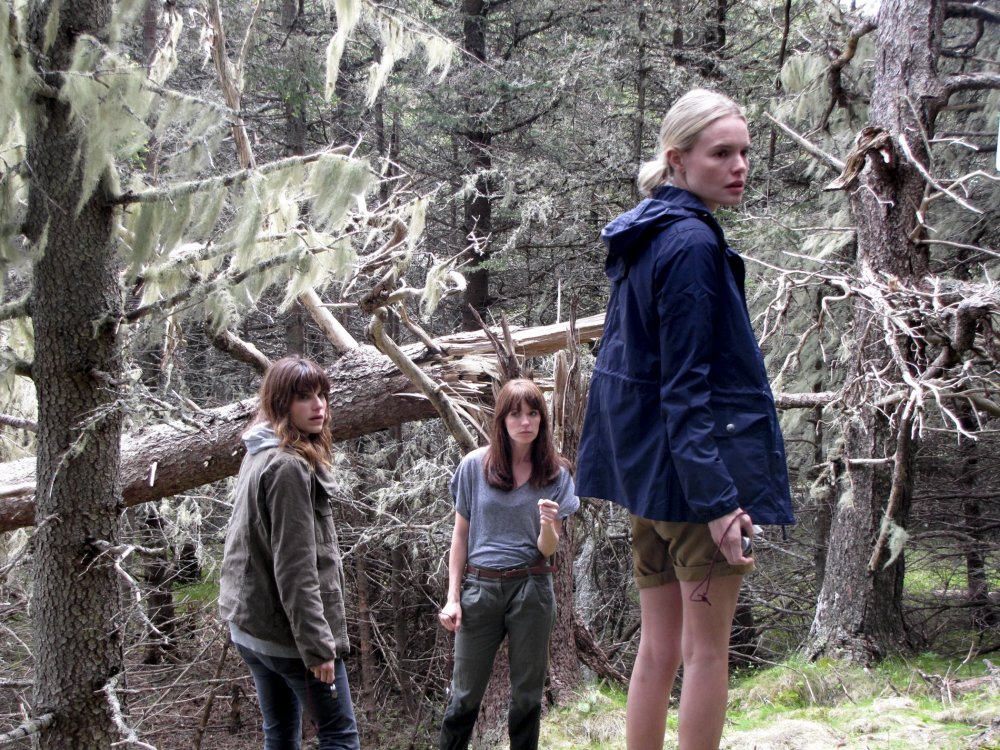
Black Rock
Kate Aselton’s seemingly more mainstream, Kate Bosworth-starring Black Rock lives up to the promise of Girls Against Boys’ title far more satisfyingly. Scripted from her story by Aselton’s husband, mumblecore auteur Mark Duplass, she also co-stars as Abbie, one of three female friends bonding on a remote island. When Abbie’s drunken seduction of one of a trio of dishonourably discharged Afghanistan/Iraq war vets they’ve befriended blurs towards rape and she caves in his skull with a rock, the women are hunted across the otherwise deserted island.
The key scene is when Aselton and Lake Bell strip out of wet clothes and huddle together for warmth, then stay naked for some while as they hunt for weapons. It’s a knowing tribute to the gratuitous nude scenes in Roger Corman’s 70s productions, though the likes of Jonathan Demme never thought to take part in them as the director sportingly does here. The scene hovers on the same exploitation/feminist cusp as the Slits’ infamous nude album sleeve Cut (1979), before decisively landing on the latter. The women who’d been planning to get in touch with their feelings instead go Amazon-wild in the country, tackling the men in no-quarter combat (as Corman isn’t running this show, they put their clothes back on first). By its finish, Black Rock had given me the blood-pumping buzz of a really good B-movie, and women around me left gleefully laughing.
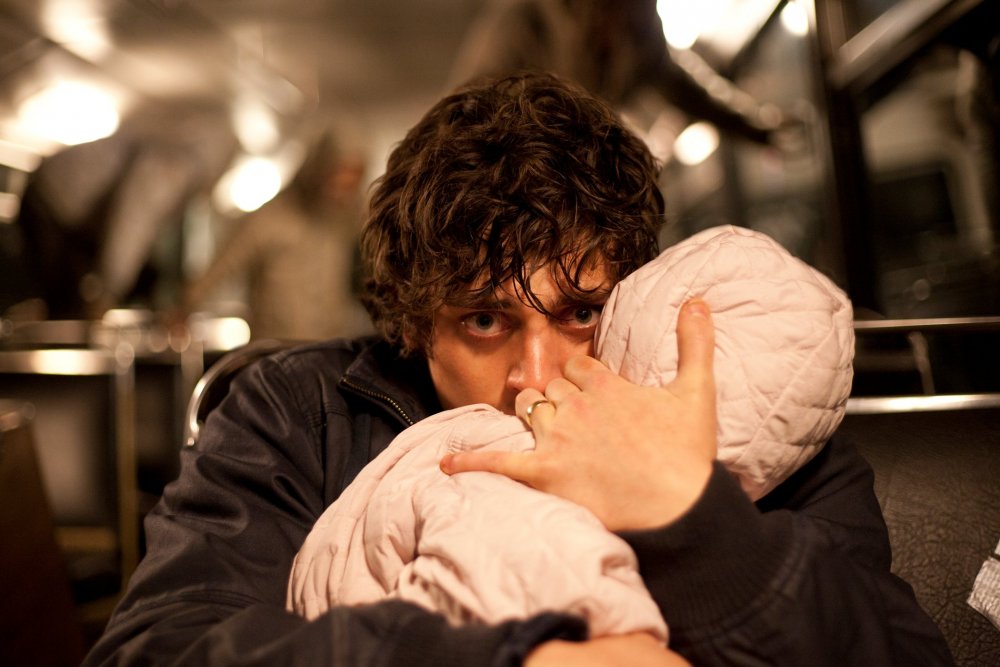
Citadel
A couple of horror films by first-time writer-directors, Ciaran Foy’s Citadel and Juan Carlos Medina’s Painless (Insensibles), showed great promise. Citadel toys with British society’s fear of feral children, as hooded figures murder the pregnant girlfriend of Tommy (Aneurin Barnard), who’s left with a baby and crippling agoraphobia. “People are so quick to demonise these kids,” a social worker chides him, just before these weird hoodies bash her brains out. Foy stays with Tommy’s subjective experience in a convincing urban wasteland mostly shot in Glasgow, though his eventual battle to destroy the child-monsters is inevitably less interesting than his early dread of them in the home where he helplessly cowers.
A demonised tribe of strange children are also at the centre of Painless, which becomes a quite different film than you’d guess from its opening scene of a successful Spanish surgeon cruising down the motorway with his gorgeous wife. Medina is soon running a split-narrative, as the fate of a 1930s Spanish village’s children, unable to feel pain and taken from their parents to be imprisoned in a Pyrenees lab, moves towards the surgeon’s in the present.
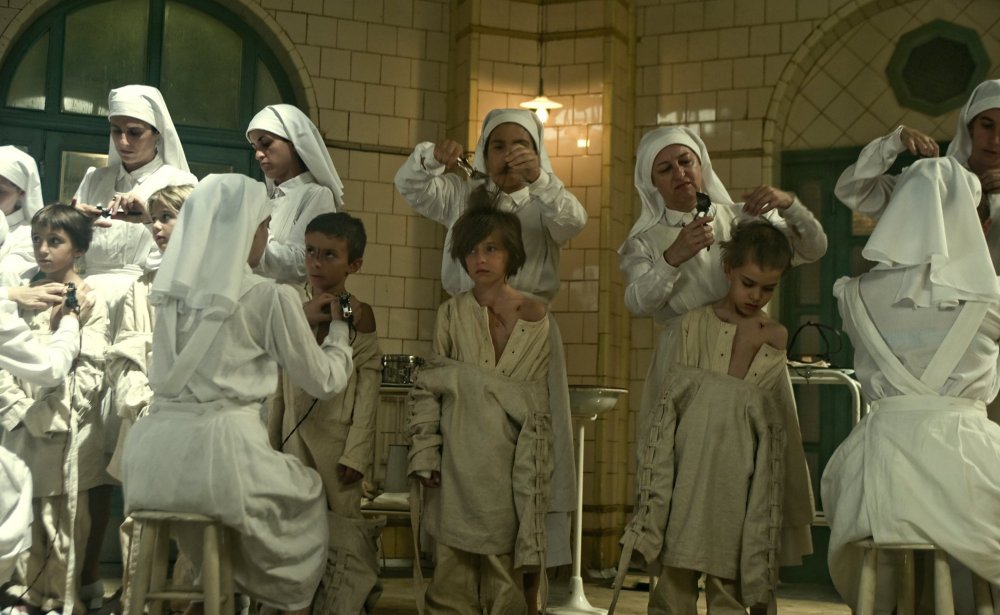
Painless
Both films were considerably enriched by the Q&A sessions, a real privilege for LFF audiences. Foy introduced his film as “part psychological horror, part autobiography”, based on his own agoraphobia after being badly beaten with a hammer and having a dirty needle (a recurring Citadel image) held to his throat.
Medina’s Q&A turned into a successful blind date when an impressed questioner, presumably Simon Oakes, declared: “I own a company called Hammer Films, and I hope you’ll come and work for us.” Medina then talked with great knowledge and feeling about the mass stealing of children from mothers who were then shot in the aftermath of the Spanish Civil War. He declared that (like Guillermo del Toro and others before him) he “used fantasy to reach the unspeakable part of the collective memory of the Spanish people.”
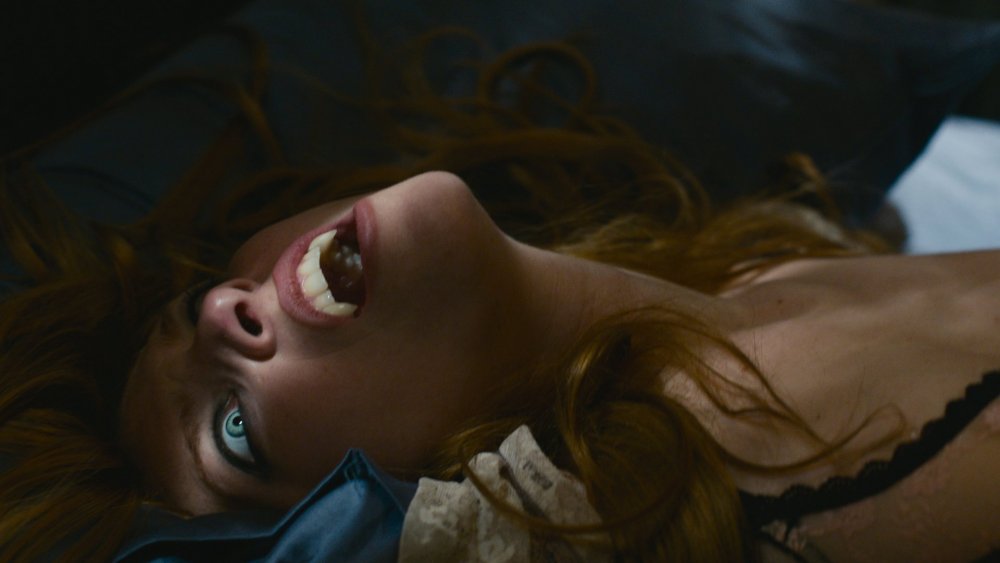
Kiss of the Damned
The most stylish, memorable and flawed horror film was Xan (daughter of John) Cassavetes’ Kiss of the Damned, starring Josephine de la Baume and Catherine Breillat-favourite Roxane Mesquida as vampire sisters whose fangs sprout during vigorous, Agent Provocateur-wearing sex. DP Tobias Datum’s lush palette and Steve Hufstedter’s half-cheesy Morricone-like score make it a tribute to the 60s and 70s European heyday of lusty female undead. Its main innovation is to show an insufferably effete, synthetic blood-sipping vampire bourgeoisie, but the film too often falls victim to their anaemic, studiedly intellectual ways. It’s not helped by Cassavetes’ tin ear for dialogue, which adds to the feel of some dubbed, lost Euro curio.
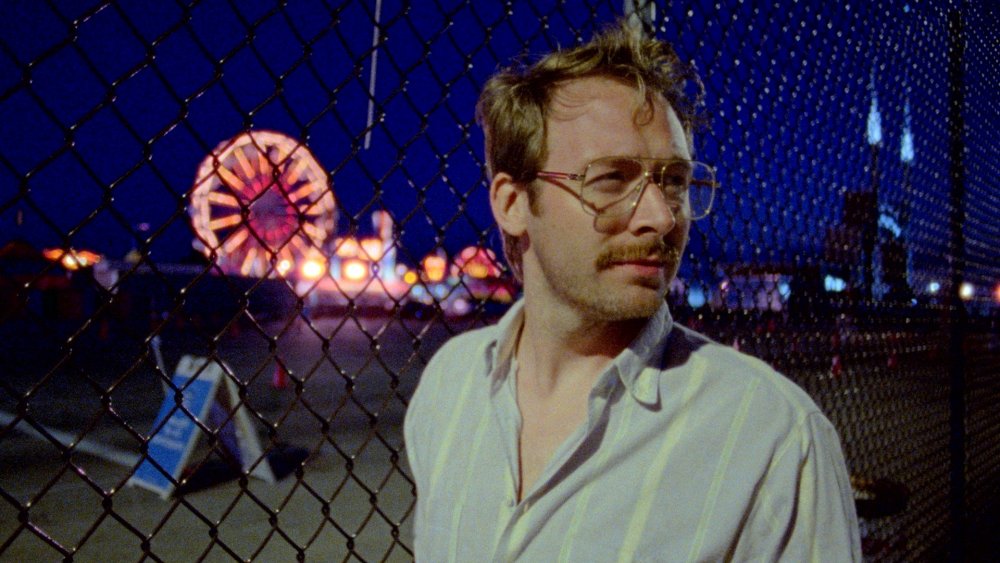
The Jeffrey Dahmer Files
True-life horror struggled to keep up in Chris James Thompson’s listless The Jeffrey Dahmer Files (aka Jeff). Recreated scenes of Dahmer wandering Milwaukee added nothing to our knowledge of a killer whose personality, crimes and victims are desultorily explored. Instead, somehow, it becomes an occasionally resonant documentary about two of Thompson’s three interviewees: Pat Kennedy, the detective to whom Dahmer confessed and briefly made famous, who after the case found himself breaking down in the sort of lonely apartment where Dahmer had lived; and Pamela Bass, Dahmer’s friend and neighbour, who felt tainted by him, but wept with human sympathy at his own murder in jail.
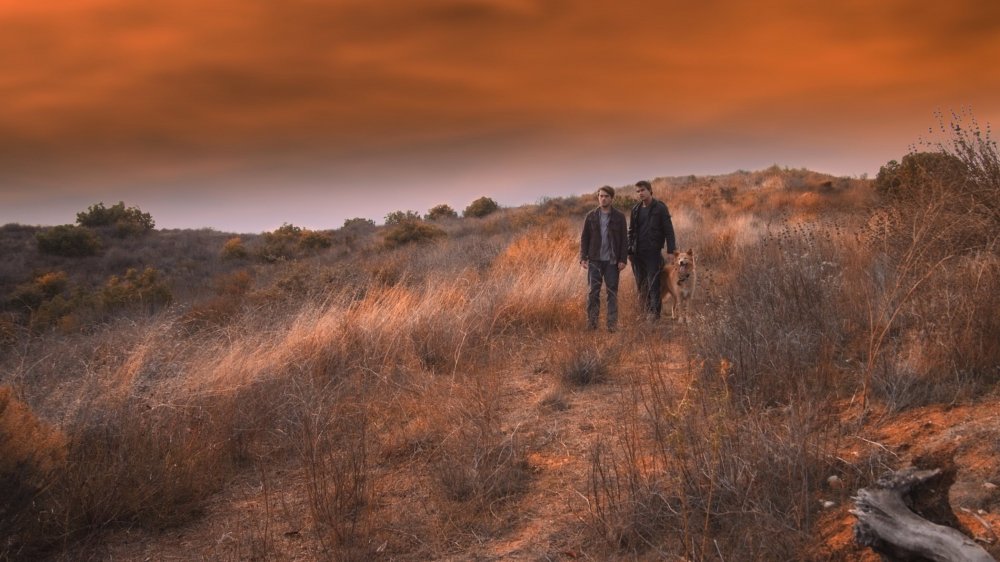
John Dies at the End
Finally, John Dies at the End is guaranteed cult status simply because it is Don Coscarelli’s follow-up to Bubba Ho-tep (2004), the word-of-mouth hit about a zombie-battling, retirement home-dwelling Elvis.
Coscarelli discussed that film’s prospective sequel Bubba Nosferatu, based around Colonel Parker’s literally vampiric control of his client, before a packed late-night screening. His current film’s idea of a drug which causes flashes forward and back in time encourages his trademark non-sequitur narrative jolts, alongside pulp-poetic narration and a Paul Giamatti cameo. Just as dance music in the 90s was designed to be heard on particular drugs, so this begs to be watched stoned (not currently in NFT1’s license). But the pathos which rooted Bubba Ho-Tep is absent, in a film a bit too satisfied with its cast-iron cult status.
← Previous: Rebel charm: Benh Zeitlin on Beasts of the Southern Wild
Next: Animation round-up →
-
The Digital Edition and Archive quick link
Log in here to your digital edition and archive subscription, take a look at the packages on offer and buy a subscription.





